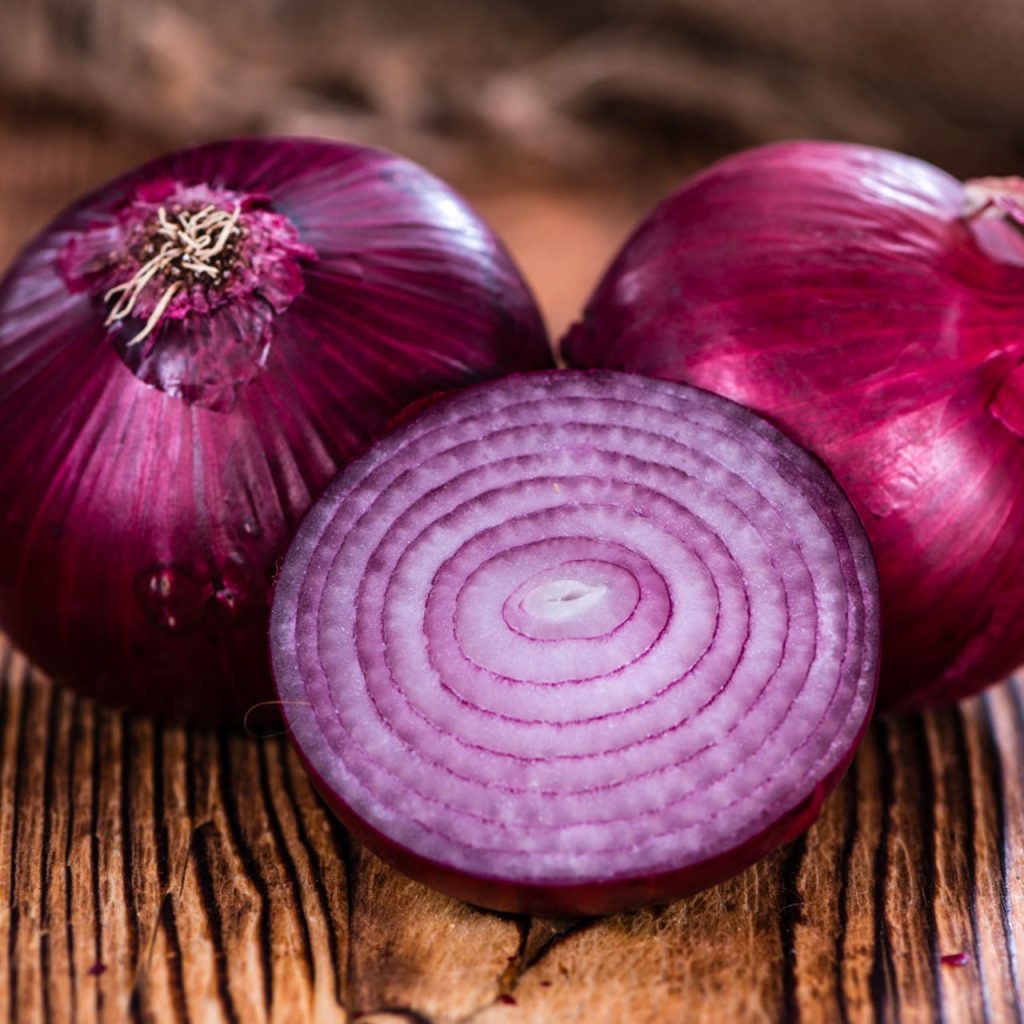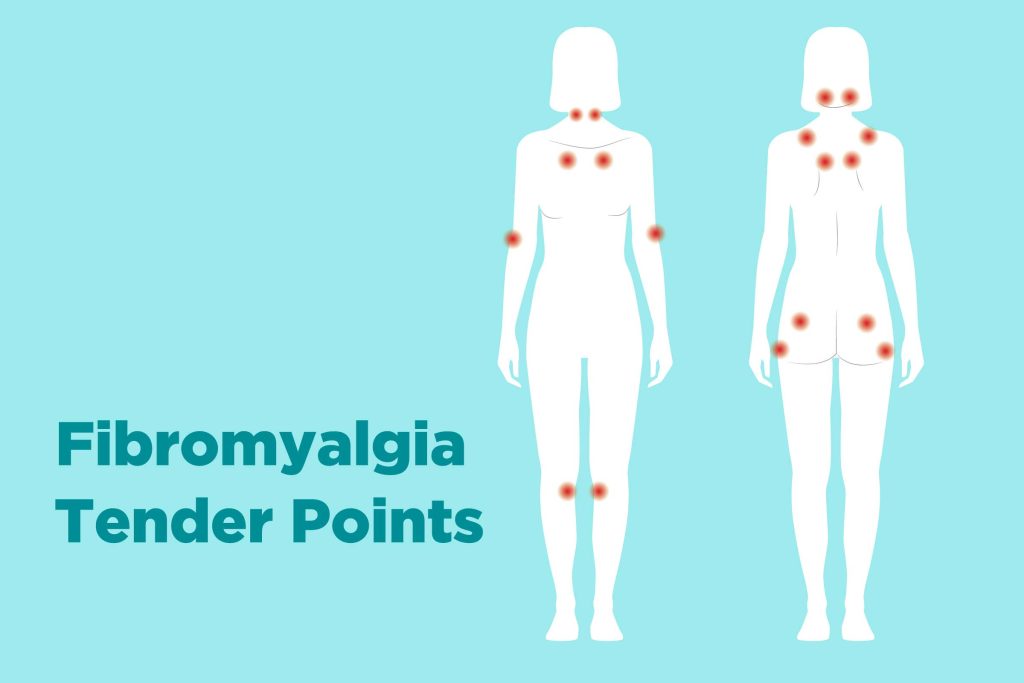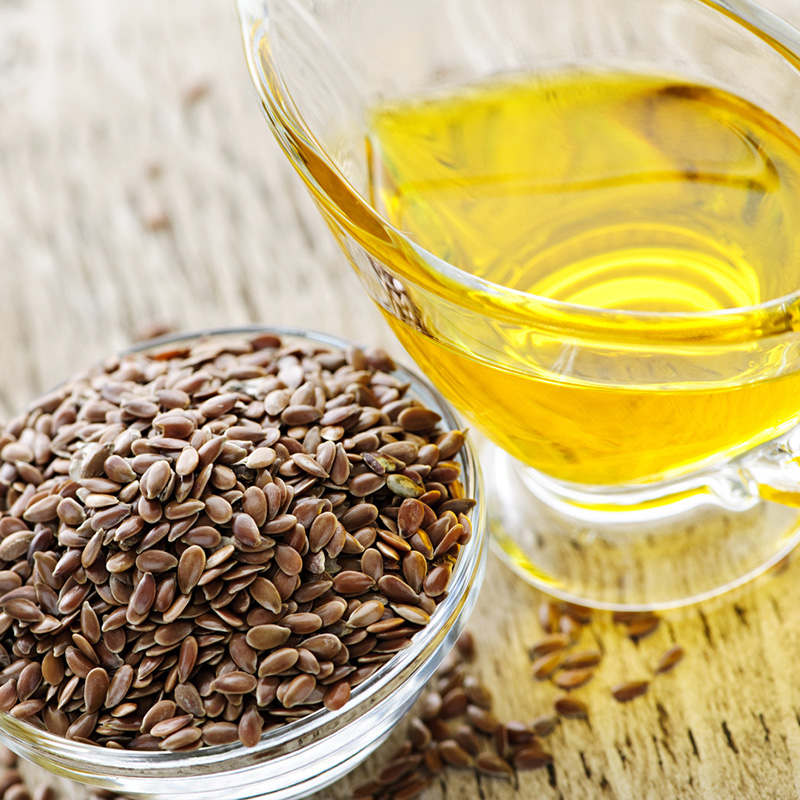Hay Fever: Quick Insights & Natural Solutions 🤧💐
Hay fever (allergic rhinitis) affects many—whether seasonally or year‐round. Here’s a snapshot of the key points behind the symptoms, causes, and natural ways to manage it.
Common Symptoms 🤒
- Watery Nose 💧
- Sneezing 🤧
- Itchy Eyes & Nose 👀💦
These symptoms are your body’s response to allergens.

Main Causes 🌼
- Pollen & Environmental Allergens:
• Tree pollen in spring 🌳
• Grass/weed pollen in summer 🌾
• Dust mites, pet dander, bedding, and carpets - Digestive Factors:
• Low Gastric Acid (Hypochlorhydria):Some studies note that many children with hay fever or asthma might have reduced acid secretion, affecting protein digestion.
• Leaky Gut: A compromised intestinal barrier allows larger food molecules to enter the bloodstream, potentially triggering immune reactions. - Yeast Overgrowth:
• An overabundance of Candida albicans can lead to the release of acid proteases, heightening IgE responses and encouraging histamine release. - Food Additives:
• Tartrazine (E102): A synthetic yellow dye in many processed foods and medications.
• Benzoates (E211): Common preservatives used in acidic foods like soft drinks.
• Sulfur Dioxide (E220) & Sulfites (E221–E228): Found in products like dried fruits, wines, and processed meats to prevent oxidation.

Natural Solutions & Dietary Adjustments 🌿
Diet and Inflammation
- Reduce Arachidonic Acid:
• This inflammatory omega‑6 (mainly present in meat) can boost inflammation. Many find that a plant-based diet helps lower symptoms. - Increase Omega‑3s:
• These anti-inflammatory fats can help counter the effects of arachidonic acid, supporting a balanced immune response.
Targeting Histamine
- Natural Antihistamines:
• Quercetin and ginger offer natural anti-inflammatory benefits to help temper histamine release. - Boost Histamine Breakdown:
• The enzyme diamine oxidase (DAO)breaks down histamine. Help support its activity by ensuring you get:- Vitamin B6 (as P5P)
- Vitamin C
Additional Support
- Relax Nasal Muscles:
• Magnesium can help relax nasal smooth muscles, reducing congestion even though it isn’t directly involved in histamine breakdown. - Counteract Additives:
• While Vitamin B12 doesn’t break down histamine, it may help neutralize certain preservatives like sulfites that aggravate allergies.

The Role of Chiropractic Spine Care 🌀🧘
Did you know your nervous system is closely linked to immune function?
- Spine Alignment & Nerve Health:
• Chiropractic care focuses on proper spine alignment, which helps reduce nerve stress.
• A calm, well-functioning nervous system may improve immune response and decrease overall stress, potentially easing hay fever symptoms.
Integrating chiropractic care with dietary and lifestyle strategies offers a holistic approach—supporting both body and mind.
This balanced overview provides essential insights and actionable tips on managing hay fever naturally. Whether you adjust your diet, target histamine with natural remedies, or explore chiropractic care to reduce nerve stress, these strategies can help improve your overall well-being.





